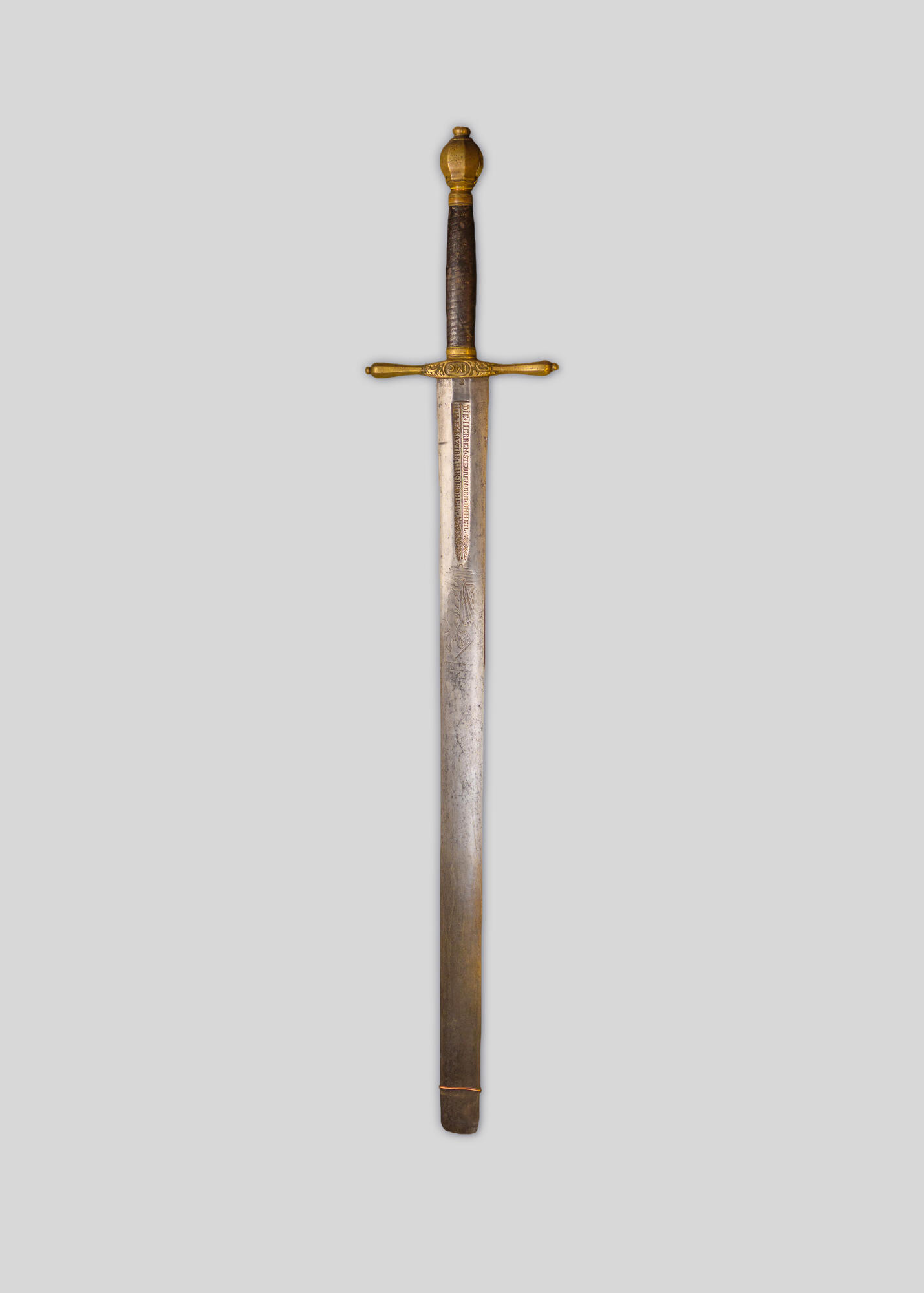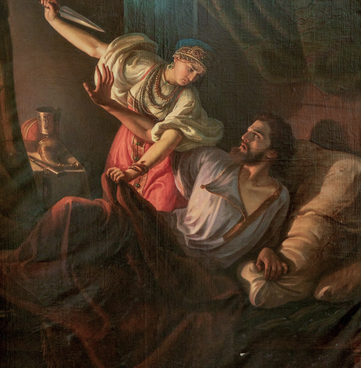The collection of the Ivanovo Museum of Local History named after Dmitry Burylin presents the so-called sword of justice, which was used to execute prisoners in Europe from around the 14th century.
For about 200 years, decapitation was performed by ordinary swords. Classical “swords of justice” — executioner’s swords designed exclusively for beheading and lacking a point — appeared around the beginning of the 16th century. It was then that the swords began to be used more and more often to execute citizens of the burgher class. The swords were effectively used up until the end of the 18th century.
Execution by beheading was widespread throughout Germany, France and Flanders. Being executed with a sword was considered more respectable and humane than with an ax. Oftentimes, the relatives asked the executioner to use this particular weapon, albeit it was more expensive. For example, in 1609, two daughters of a condemned burgher pleaded with the famous Nuremberg executioner Franz Schmidt to behead their father rather than hang him, otherwise their fiancés would refuse to marry them.
An executioner’s sword is distinguished from a
battle sword by its double-edged blade and rounded point. The blade of a sword
of justice had to be perfectly sharp. After all, the criminal’s head was
supposed to be struck off in a single swing. The sword blades were often made
lighter by a special recess called fuller. The sword from the museum’s
collection is no exception: its fuller features an engraved didactic
inscription. Executioners were expected to perfectly master their weapons. The
executioner was to be obstructed by no one during the execution, or the
perpetrator would suffer physical punishment or even lose their property. After
all, the executioner risked his own life. An inept executioner could be torn to
pieces by the crowd. There was a legend that after a hundred executions, the
executioner buried the sword somewhere in a cemetery or other secluded place,
because the weapon, “which drank so much blood”, became “black”. The position
of an executioner was often passed down from father to son, as was the sword.
These men were quite wealthy: in addition to their fee, they also received a
portion of the condemned person’s property.


